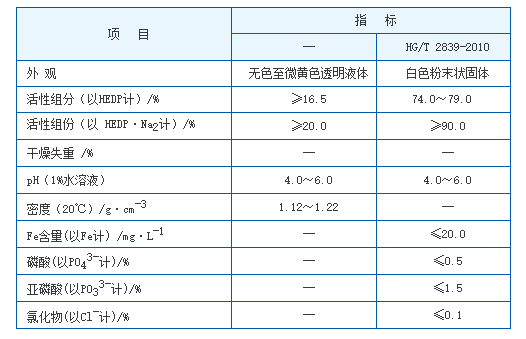me isothiazolinone
Understanding Methylisothiazolinone Uses, Risks, and Alternatives
Methylisothiazolinone, commonly referred to as MI, is a synthetic biocide that has gained significant attention in the cosmetic and personal care industries due to its effective antimicrobial properties. It is widely used as a preservative in a variety of products, ranging from shampoos and lotions to household cleaners and paints. Despite its popularity, the use of methylisothiazolinone has raised concerns regarding skin sensitivity and allergic reactions, prompting a closer examination of its safety profile and the pursuit of alternative preservatives.
What is Methylisothiazolinone?
Methylisothiazolinone is a member of the isothiazolinone family, which includes methylchloroisothiazolinone (MCI) and other related compounds. It functions primarily as a preservative, inhibiting the growth of bacteria, fungi, and other microorganisms in products. MI is particularly effective in water-based formulations, making it a common choice for cosmetic and personal care products. Its effectiveness, low cost, and stability in formulations explain its widespread adoption in the industry.
Applications of Methylisothiazolinone
Methylisothiazolinone is used in a variety of applications, including
1. Cosmetics and Personal Care Products MI is frequently included in shampoos, conditioners, moisturizers, and makeup products for its preservative qualities. It helps prolong shelf life by preventing microbial growth.
2. Household Cleaners The compound is also found in many household cleaning products, providing an essential function in maintaining hygiene and safety.
3. Industrial Applications Methylisothiazolinone is used in certain industrial applications, such as paint and coatings, where it prevents microbial contamination.
Safety Concerns and Allergic Reactions
me isothiazolinone

Despite its efficacy, methylisothiazolinone has become a controversial ingredient due to its potential to cause skin irritation and allergic reactions. The Cosmetic Ingredient Review (CIR) and other regulatory bodies have reported instances of contact dermatitis associated with MI, especially when used in leave-on products like lotions and creams.
In 2013, an increase in reported cases of sensitization led to regulatory changes. In Europe, for instance, the use of MI in leave-on cosmetics has been restricted, and it can only be used up to a certain concentration in rinse-off products. This regulatory shift reflects growing consumer awareness and concerns about the safety of certain preservatives.
Alternatives to Methylisothiazolinone
As awareness of the potential risks associated with methylisothiazolinone has increased, many manufacturers are exploring alternative preservatives that offer safer profiles. Some of these alternatives include
1. Natural Preservatives Ingredients such as rosemary extract, tea tree oil, and vitamin E are becoming increasingly popular for their natural preservative properties. These alternatives not only extend shelf life but also appeal to consumers seeking cleaner product formulations.
2. Broad-Spectrum Preservatives Compounds like phenoxyethanol, ethylhexylglycerin, and potassium sorbate offer effective preservation without the irritation linked to MI. They often present a better safety profile in formulations.
3. Formulation Changes Beyond changing preservatives, manufacturers are also considering improvements in formulation to reduce the need for preservatives altogether. For example, water-free or anhydrous products can have lower risks of microbial growth.
Conclusion
Methylisothiazolinone serves an essential role as a preservative in many cosmetic and personal care products, valued for its antimicrobial properties. However, rising concerns about its potential for skin irritation and allergic reactions have prompted a shift in the industry toward safer alternatives. As consumer awareness grows, brands are challenged to innovate and find new ways to ensure product safety and efficacy without compromising skin health. By exploring natural preservatives and reformulating products, the industry can continue to meet consumer demands for both safety and effectiveness in their personal care regimens, ultimately leading to a healthier relationship between consumers and the products they use.
-
Water Treatment with Flocculant Water TreatmentNewsJun.12,2025
-
Polymaleic AnhydrideNewsJun.12,2025
-
Polyaspartic AcidNewsJun.12,2025
-
Enhance Industrial Processes with IsothiazolinonesNewsJun.12,2025
-
Enhance Industrial Processes with PBTCA SolutionsNewsJun.12,2025
-
Dodecyldimethylbenzylammonium Chloride SolutionsNewsJun.12,2025





